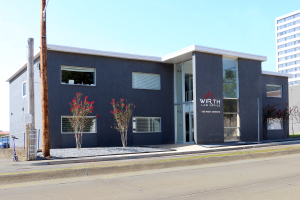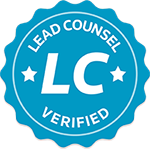
Radar Equipment Calibration
When a prosecutor is trying to prove the reliability of radar equipment for a speeding conviction, they typically rely on the testimony of the officer who operated the equipment. The officer will explain how the radar equipment is calibrated to ensure its accuracy in determining vehicle speeds. This calibration process often involves using a tuning fork that resonates certain frequencies, which the radar gun must accurately detect.
In addition to external calibration methods, modern radar equipment also has internal mechanisms that test and calibrate the device automatically. This internal self-checking system helps ensure that the radar equipment is functioning properly and providing accurate speed readings. The officer is trained to understand and utilize both the external and internal calibration processes to demonstrate the reliability of the radar equipment in court.
Challenging Radar Evidence
While prosecutors rely on the calibration of radar equipment to prove speeding violations, defense attorneys may challenge the reliability of this evidence in court. Defense strategies could include questioning the officer’s training on radar equipment calibration, raising doubts about the accuracy of the calibration process, or presenting alternative explanations for the speed recorded by the radar device.
If you are facing a speeding conviction based on radar evidence, it is important to consult with an experienced attorney who can review the details of your case and determine the best defense strategy for you. By seeking legal advice, you can better understand your rights and options for challenging radar evidence in court.
Ready to Discuss Your Case with an Attorney?
If you are dealing with a speeding ticket and need legal guidance, schedule a low-cost initial strategy session. Visit MakeLawEasy.com to book your consultation today.




























